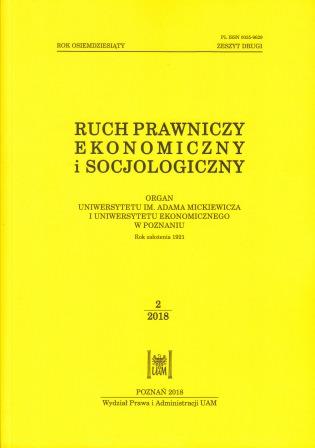POST-KEYNESIAN THEORIES OF THE ENDOGENOUS MONEY SUPPLY
POST-KEYNESIAN THEORIES OF THE ENDOGENOUS MONEY SUPPLY
Author(s): Izabela BludnikSubject(s): Financial Markets, Commercial Law
Published by: Uniwersytet Adama Mickiewicza
Keywords: Post-Keynesian theories; endogenous money supply;
Summary/Abstract: One of the pillars of the research programme of heterodox Post-Keynesian economics is the endogenous creation of money supply, according to which the amount of money in circulation automatically accommodates to the needs required by economic agents. Ensuring an adequate supply of funds is the role of commercial banks that create credit money ex nihilo, while monetary authorities are responsible for providing commercial banks with money reserves that guarantee the continuity of lending, and thus the process of the production and exchange in the economy. While the Post-Keynesians agree on the endogenous nature of money supply, not all of them perceive the role and operation of the central bank aimed at meeting the demand for reserves required by commercial banks in the same way. As a result, four Post-Keynesian interpretations of this issue emerged: horizontalism, structuralism, an interpretation from the monetary circuit perspective and from the liquidity preference. The purpose of this article is to present these approaches and to indicate the differences between them and the mainstream economics, as well as among themselves. The impact of such heterogeneity of views on the coherence of Post-Keynesianism and the ability of the school to create an alternative to neoclassical orthodoxy is also emphasised.
Journal: Ruch Prawniczy, Ekonomiczny i Socjologiczny
- Issue Year: 80/2018
- Issue No: 2
- Page Range: 159-170
- Page Count: 12
- Language: English

